Bee stings are tiny, so why do they hurt so much? There are a few reasons why. First, piercing your skin is never fun – it feels like getting a shot at the doctor’s office. The main reason, however, is what takes place afterward: bees deposit a small amount of venom into the sting. This venom can cause pain, irritation, and even severe allergic reactions in some.
That’s a basic explanation but there’s more to it than that. Let’s dive deeper and talk about everything you need to know about why bee stings hurt so much.
Why Does Bee Venom Hurt?
The scientific name for bee venom is “apitoxin”; it’s a complex mixture of protein substances that affect cellular function. The main active component in this substance is the peptide Melittin, consisting of 26 amino acids that destroy red blood cells. Not only that, but they activate pain receptors and contain anticoagulants that prevent the blood from clotting, which allows it to spread through the body faster and easier. Apitoxin by itself can cause immense discomfort, but when the mast cells die in response to it, cell death also triggers the release of histamine, and this can be quite painful too.
In other words, bee venom is a perfect recipe for causing pain in people. Fortunately, for most people, the pain is relatively short-lived and not serious. Most people will start feeling better with a little bit of time or over-the-counter pain reliever.
However, there are people who experience severe allergic reactions to bee stings. This is caused by too much histamine release, which results in blood vessels becoming too dilated. This can lead to anaphylactic shock, which can be deadly.
Need Bee, Wasp & Hornet Pest Control Services?
How to Make a Bee Sting Hurt Less
Experiencing a bee sting can be a painful and unsettling encounter. However, there are several simple measures you can take to alleviate the discomfort and promote quicker healing. By promptly addressing the sting and employing soothing remedies, you can mitigate the pain and irritation associated with bee stings:
- Remove the stinger as soon as possible by scraping it out with a fingernail or a blunt-edged object. Avoid squeezing or pinching the stinger, as this may release more venom.
- Wash the affected area with soap and water to reduce the risk of infection.
- Apply a cold compress or ice pack to the sting site to numb the area and reduce swelling.
- Consider using over-the-counter antihistamine creams or taking oral antihistamines to alleviate itching and inflammation.
- Monitor for signs of an allergic reaction such as difficulty breathing or swelling of the face and throat. Seek immediate medical attention if these symptoms occur.
Do Bees Die When They Sting?
Yes. Honey bees have a barbed stinger. These barbs make the stinger impossible for bees to remove. They have to detach themselves from the stinger, which results in their death.
How to Avoid Bee Stings
Regardless of whether or not you’re allergic to bees, it’s never fun to sustain a sting. Here are some precautions you can take to minimize the risk of a bee sting:
- Avoid wearing brightly colored clothing or floral patterns
- Steer clear of heavily scented perfumes, lotions, and hair products
- Be cautious when eating or drinking sweet substances outdoors, like soda
- Keep food and drinks covered when dining outdoors
- Stay calm and still if a bee approaches you, try not to swat or move quickly
- Be mindful of where you place your hands and feet when outdoors
- If you encounter a bee’s nest or hive, maintain a safe distance
- If you are allergic to bee stings, carry an epinephrine auto-injector with you
- Work with a professional bee removal company to avoid nests nearby
Avoid Bee Stings with Professional Bee Control
If you discover bees on your property, it’s crucial to handle the situation with care. Disturbing a nest can provoke defensive behavior from the bees and increase the risk of stings. It’s best to leave the removal of a bee’s nest to professionals.
If you need bee removal services, call us today for a quote!

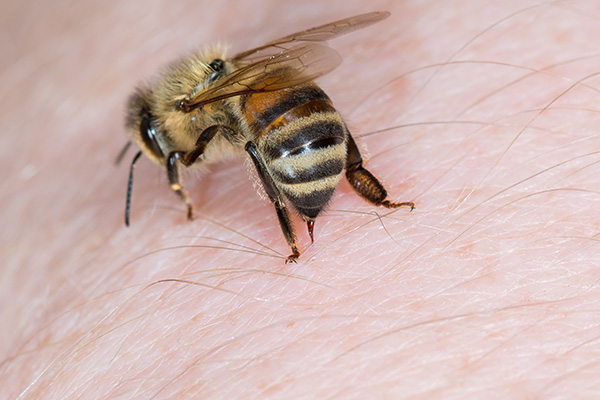
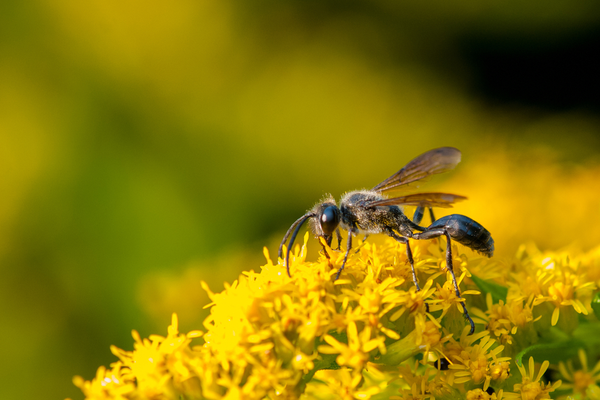
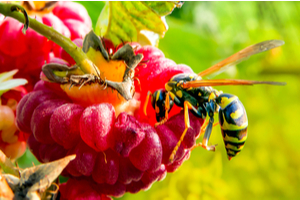
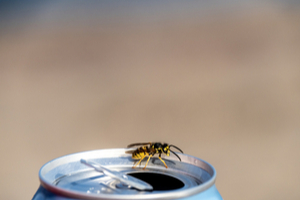
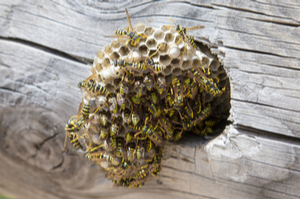
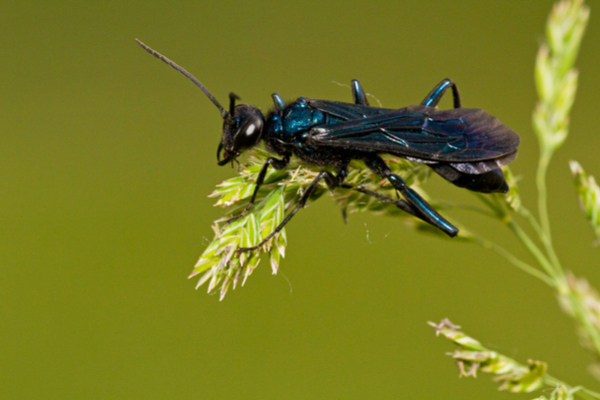
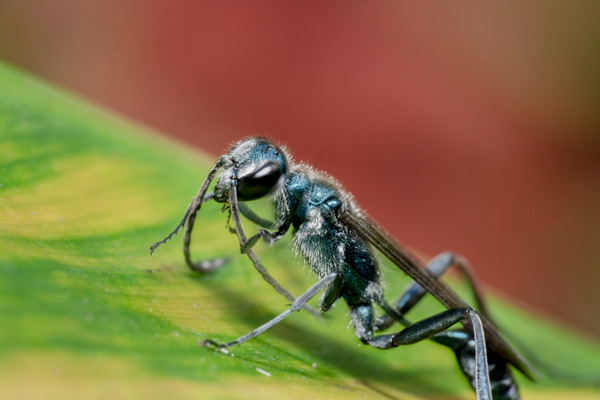
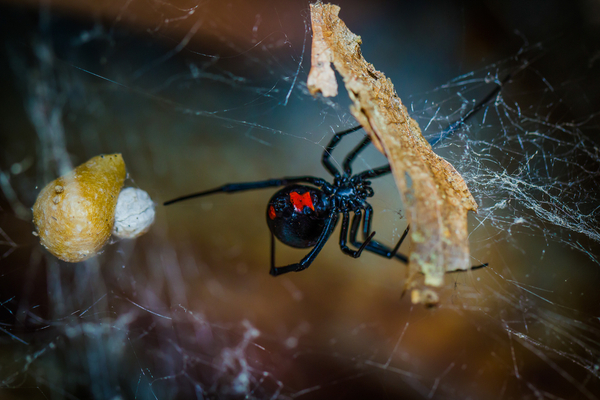
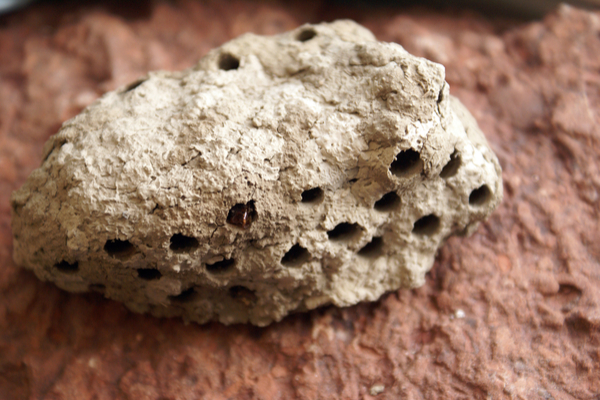
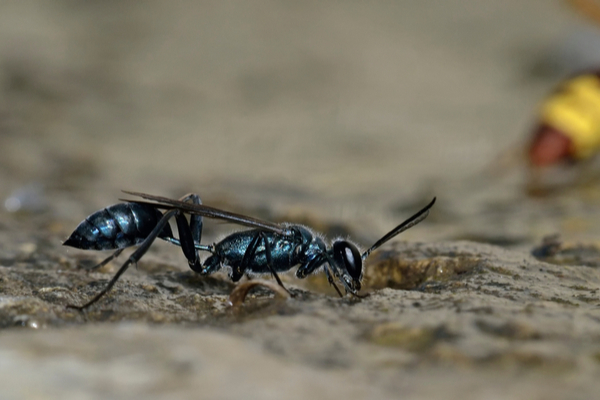
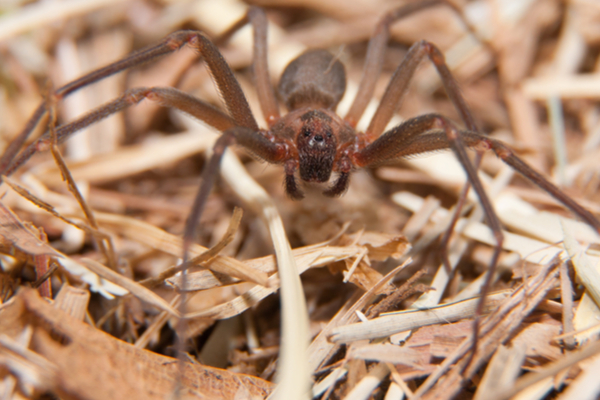
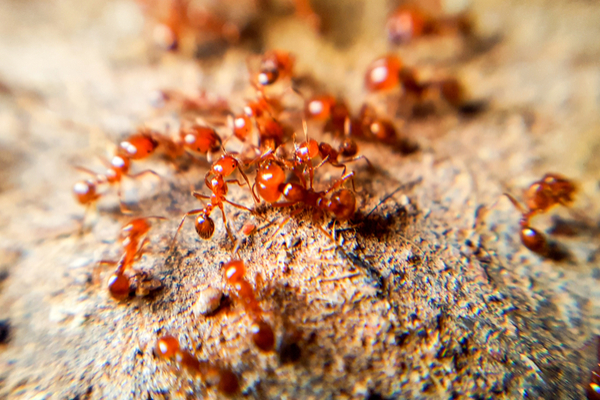
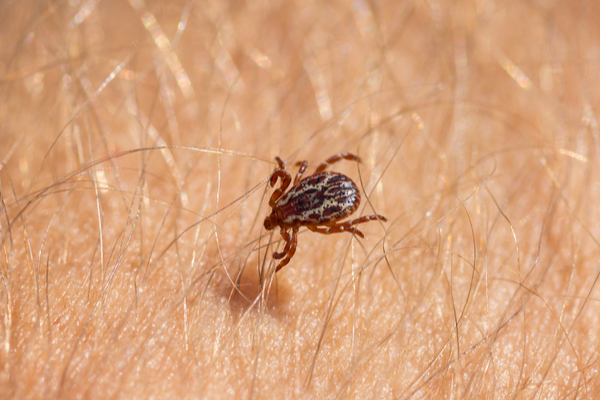
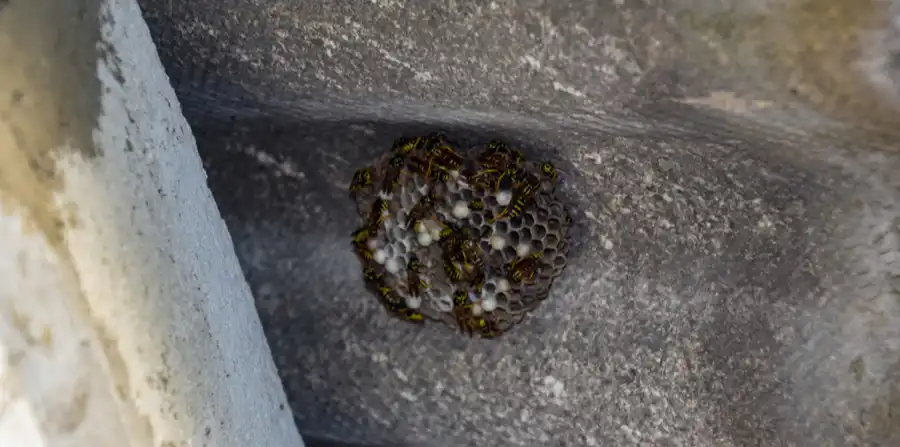
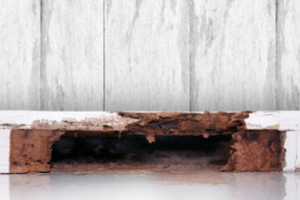 There’s one, very clear reason why you never want termites: they’re the most destructive wood pest in the US. Termite colonies eat and bore through wood, creating cavities that compromise wood’s structural integrity. Every year, termites cause
There’s one, very clear reason why you never want termites: they’re the most destructive wood pest in the US. Termite colonies eat and bore through wood, creating cavities that compromise wood’s structural integrity. Every year, termites cause 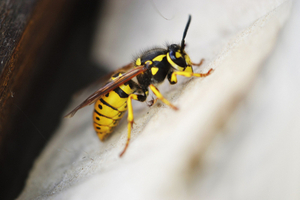 No common neighborhood pest inspires terror quite like the wasp. It’s not difficult to understand why. Virtually everyone has a wasp sting horror story. The insects are notoriously territorial, aggressive, and unafraid to sting. Wasps are at their most frustrating and dangerous when they build nests near homes. When a wasp nest is right outside your door, it’s all-too-easy to seem threatening to its defenders. Wasps are especially
No common neighborhood pest inspires terror quite like the wasp. It’s not difficult to understand why. Virtually everyone has a wasp sting horror story. The insects are notoriously territorial, aggressive, and unafraid to sting. Wasps are at their most frustrating and dangerous when they build nests near homes. When a wasp nest is right outside your door, it’s all-too-easy to seem threatening to its defenders. Wasps are especially 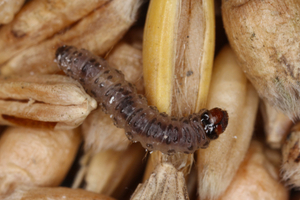 There are several kinds of pest that love to infest pantries. The worst thing about these pests is that, contrary to popular belief, they’re not just eating your food. They’re often
There are several kinds of pest that love to infest pantries. The worst thing about these pests is that, contrary to popular belief, they’re not just eating your food. They’re often 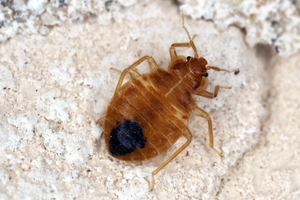 Sure, bed bugs aren’t as damaging or dangerous as any of the other pests on this list. But what if you had to choose one of these four infestations? We’re betting you’d choose any of the aforementioned pests before you subjected yourself to bed bugs. We don’t blame you! Bed bugs are probably the most upsetting common pest infestation in the US. And they are common, too–
Sure, bed bugs aren’t as damaging or dangerous as any of the other pests on this list. But what if you had to choose one of these four infestations? We’re betting you’d choose any of the aforementioned pests before you subjected yourself to bed bugs. We don’t blame you! Bed bugs are probably the most upsetting common pest infestation in the US. And they are common, too–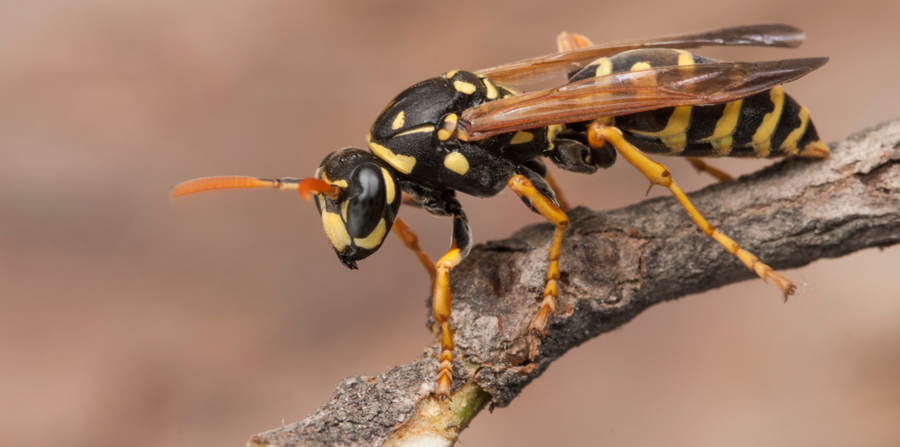
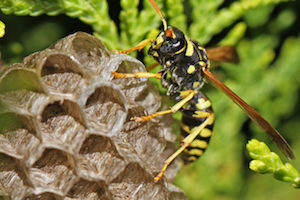
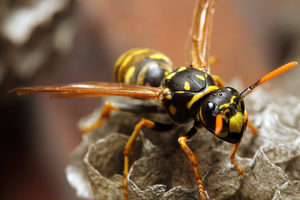 If you encounter a wasp this summer, chances are it will be a eusocial wasp from a nearby colony. Eusocial wasps in Michigan belong to
If you encounter a wasp this summer, chances are it will be a eusocial wasp from a nearby colony. Eusocial wasps in Michigan belong to 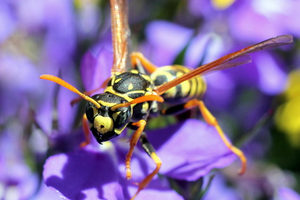 Eusocial wasp colonies reach peak activity in midsummer. They spend spring and early summer looking for a good place to nest, laying eggs, and producing workers. The colony continues to
Eusocial wasp colonies reach peak activity in midsummer. They spend spring and early summer looking for a good place to nest, laying eggs, and producing workers. The colony continues to 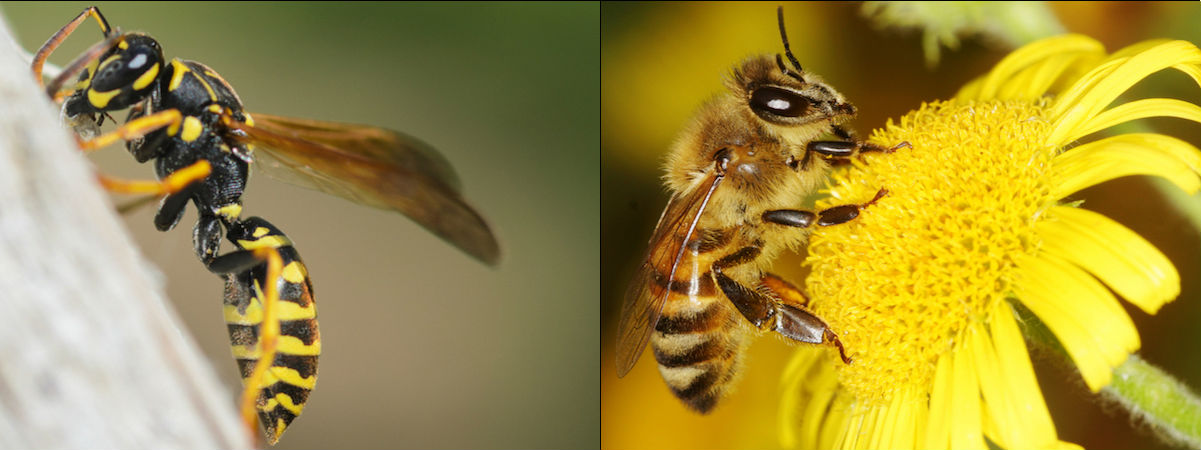
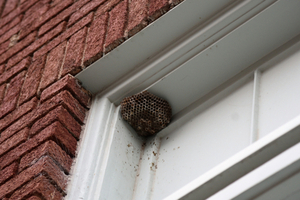 If you run into wasps frequently during mid-summer, it’s probably because there’s a wasp nest nearby. Wasps typically build their nests into existing crevices, burrows, and hiding places. They like to build nests in secluded, covered, or naturally inaccessible locations where they can stay safe. You might find the nest on or under your roof, under a deck or porch, or even in your rafters.
If you run into wasps frequently during mid-summer, it’s probably because there’s a wasp nest nearby. Wasps typically build their nests into existing crevices, burrows, and hiding places. They like to build nests in secluded, covered, or naturally inaccessible locations where they can stay safe. You might find the nest on or under your roof, under a deck or porch, or even in your rafters.